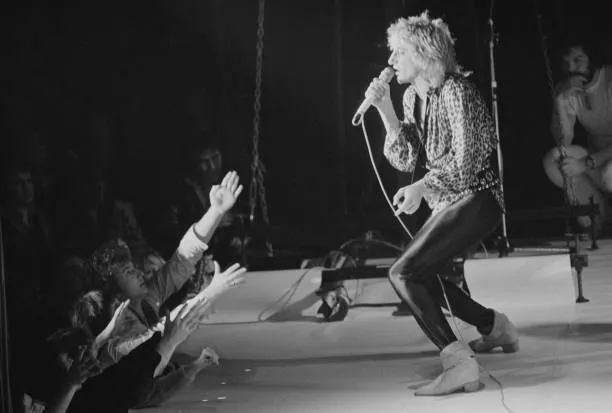Eric Clapton, widely regarded as one of the most influential guitarists in rock and blues music, has had a profound impact not only on music but also on guitar manufacturing and design. His distinct style, tone, and preference for specific instruments have inspired both guitar makers and players alike. Clapton's collaborations with major guitar brands such as Fender and Gibson have left an indelible mark on the evolution of electric guitar design, leading to the creation of iconic signature models that reflect his sound and playing techniques.
Clapton and the Fender Stratocaster

One of Clapton’s most significant contributions to guitar design is his association with the Fender Stratocaster, an instrument he helped popularize during the height of his career in the 1970s. His move to the Stratocaster from the Gibson Les Paul and SG was a turning point in guitar culture. Before Clapton, the Stratocaster was mainly associated with players like Buddy Holly and Hank Marvin. However, Clapton’s use of the instrument, particularly during his work with Derek and the Dominos and his subsequent solo career, gave the Strat a new image—one associated with blues-rock and improvisational depth.
His most famous Stratocaster, "Blackie," which he assembled from three different 1950s Strat models, became the blueprint for his unique tone. Clapton's clean yet emotional sound, characterized by his skillful use of bends, vibrato, and phrasing, was magnified by the Strat’s design, specifically its three single-coil pickups and contoured body. This combination allowed Clapton to achieve a versatile range of tones, from the smooth bluesy warmth heard on "Layla" to the sharp, biting leads in "Cocaine."
In the 1980s, Clapton worked closely with Fender to develop his first signature Stratocaster. Introduced in 1988, the Eric Clapton Signature Strat featured modifications tailored to Clapton’s preferences. These included a mid-boost circuit, which gave the guitar a more powerful tone similar to that of a Gibson, and noiseless pickups that reduced hum without compromising the clarity of the sound. This design innovation appealed to guitarists seeking versatility, allowing them to switch between clean, bright tones and heavier, more saturated sounds without changing guitars.
Clapton and the Gibson Les Paul

While Clapton is most closely associated with the Stratocaster, his early career prominently featured the Gibson Les Paul, particularly during his time with John Mayall & the Bluesbreakers and Cream. His use of the Les Paul contributed significantly to the model's resurgence in popularity in the 1960s. Clapton’s searing tone, achieved by pairing the Les Paul with a Marshall amplifier, became a defining sound of the British blues-rock explosion.
Clapton's use of the Les Paul during the Bluesbreakers era—often referred to as the "Beano" period due to the album cover—helped cement the instrument's place in rock history. His playing on tracks like "Hideaway" and "All Your Love" showcased the Les Paul’s ability to deliver thick, sustaining tones with incredible expressiveness, inspiring guitarists like Jimmy Page and Peter Green to adopt the Les Paul as their instrument of choice. This period also marked the beginning of the “woman tone,” a creamy, mellow sound Clapton achieved by rolling back the tone knobs on the guitar, a technique that has become legendary.
Impact on Guitar Culture and Custom Models

Clapton’s influence on guitar manufacturing extends beyond the specific models he used. His emphasis on tone, playability, and musical expression has driven guitar manufacturers to experiment with new technologies and designs to meet the needs of players who seek similar sonic versatility. His signature models from Fender, including the Custom Shop "Blackie" and his more recent "Brownie" reissue, are not only tributes to Clapton's career but also innovations that continue to inspire guitarists worldwide.
Moreover, Clapton’s endorsement of certain brands has significantly influenced consumer demand. The Eric Clapton Signature Stratocaster remains one of Fender’s most popular models, and his use of the Les Paul during the 1960s revived interest in the instrument, contributing to its status as a classic guitar design.
In conclusion, Eric Clapton’s influence on guitar manufacturing and design is multifaceted. Through his partnership with iconic guitar brands, Clapton has shaped the development of signature models that cater to a wide range of tonal possibilities. His legacy as both a player and an innovator in guitar culture continues to inspire new generations of musicians and designers alike, ensuring his influence on the instrument endures.



